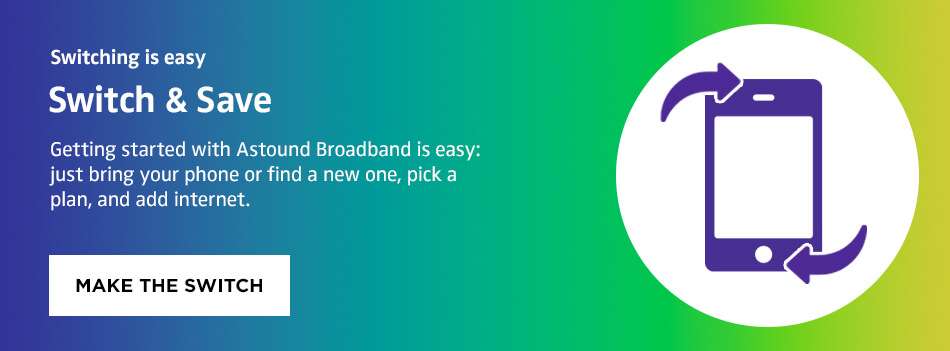What happens if I put my SIM card in another phone?

A SIM card is a small smart chip that stores essential data about the user’s identification and cellular network subscription. It holds your mobile carrier’s phone settings and is associated with your phone number. A SIM card is a critical mobile phone component that allows users to communicate and access an internet connection through their mobile carrier’s cellular network.
In this article, we will look at what happens when you insert your SIM card into another phone.
Can I put my SIM card in another phone?
The details stored in your SIM card include your phone number, subscriber identity, mobile network credentials, contacts and some text messages. When you insert your SIM card into another phone, you transfer that information to the new device.
Your phone number does not change when you transfer phones using your SIM card because your number is linked to the SIM card and the mobile network rather than the specific phone. This guarantees that your contact information remains consistent for friends, family and colleagues.
While the SIM card enables the transfer of essential data, some data, including personal files, images, apps and any other data in the phone’s internal storage, remains saved on the phone. That’s why it’s vital to back up any necessary data or files separately before switching to guarantee that you have access to them on the new device.
Will my SIM card work in another phone?
Before you insert your SIM card into another phone, you must determine whether the new phone is compatible and, more crucially, if it is locked or unlocked.
Unlocked phones aren’t tied to a particular mobile carrier and can accept SIM cards from multiple cellular providers. You can insert your SIM card into an unlocked phone and it will function seamlessly, allowing you to continue using your existing phone number and cellular service. The first indication that the phone is unlocked is that it detects the SIM card by connecting to the network and finding reception.
If the other phone is carrier-locked, you may have difficulties using your SIM card because locked phones are usually restricted to a specific carrier’s network and may not accept SIM cards from other carriers. As a result, essential functions like making phone calls and sending texts won’t work, and even if they do, you may not be able to access the internet. You can request an unlock code from your current carrier or have the new phone unlocked by the respective carrier.
Once you have determined that the other phone is compatible and unlocked, inserting the SIM card and activating it is pretty straightforward.
Learn more
How to insert and activate your SIM Card in an Apple phone
How to insert and activate your SIM Card in an Android phone
- First, turn off both devices.
- Next, identify the location of the SIM card slot in the other phone. The location of the slot usually varies depending on the phone’s model, but it is commonly on the side or back of the device.
- Carefully remove the SIM card from your current phone using a SIM card removal tool or a small paper clip to eject the SIM card from the tray. SIM cards come in various shapes and sizes so you should check the SIM card size to ensure it will fit in the SIM card tray of the new phone. You can use a SIM card adapter to resize your SIM card or call your mobile carrier and request a SIM card that fits your new phone.
- Turn on the new phone after adding the SIM card. It may take a few moments for the device to recognize the SIM card and establish a connection with your carrier’s network.
SIM cards are activated differently depending on the carrier because most require you to activate it through their network. You may activate the current SIM card by following the on-screen instructions or by logging in through your provider’s website or app.
Can I switch SIM cards between phones while traveling?
Yes, you can switch SIM cards between phones when you travel. Swapping SIM cards between phones can be helpful when traveling outside your cellular coverage area. You risk incurring additional fees if you leave your regular coverage area because of data roaming. When you roam, your phone connects to another carrier’s network and “borrows” their service to make and receive calls, send and receive text messages, or utilize mobile data for a fee.
Learn more
Astound Mobile International calling rates and roaming rates.
However, you can avoid roaming fees with an unlocked phone when you transfer SIM cards and use your destination’s local SIM card. With an unlocked phone, you can use a different SIM card and benefit from local calls, messages, and data rates. Switching to another carrier can save you money while keeping you connected.
Research and compare the available options at your vacation destination before switching providers. When you switch carriers to the local cellular provider in your destination, they may provide better coverage and signal strength than your home carrier.
They are also more familiar with the place you are visiting and can provide customized customer service suited to your specific requirements. You may get access to exclusive offerings, lower pricing, or special promotions that roaming consumers may not have.
If you choose to switch SIM cards, remember that getting a new temporary SIM card from a different carrier also involves getting a new phone plan and phone number. While that implies you’ll have a separate phone number for a while, it allows you to communicate with local contacts, make local calls, and receive calls without paying additional charges.

Choose a cell phone plan
Choose the cell phone plan that’s right for you. Astound Mobile has clear, simple pricing, no matter what your plan needs are.
Save with Mobile & Internet Together
Get the mobile service, home internet & streaming that’s just right for you.
Astound Mobile requires Astound Internet service. Coverage not available in all areas. A trademark of Ziff Davis, LLC. Used under license. Reprinted with permission. Where available. © 2024 Ziff Davis, LLC. All Rights Reserved. All names, logos, images and service marks are property of their respective owners. ©2025 Radiate Hold Co., LLC d/b/a Astound Broadband. All rights reserved.
This website contains instructional information, including from third-party sources, and is intended, but cannot be guaranteed, to be always up-to-date, complete and accurate. Astound does not endorse, and is not responsible for, any third-party content that may be accessed through this website. Any representation or warranty by Astound that might be otherwise implied by information on this website is expressly disclaimed. Astound expressly disclaims all liability or responsibility with respect to actions taken or not taken based on any or all of the instructional information contained on this website. Astound does not warrant or guarantee the availability of any services at any specific time or geographic location or that services will be provided without interruption. Not all aspects of the Astound services function on all equipment and devices. Use of this website is subject to the Web Site Disclaimer and Web Content Accessibility Policy.




















